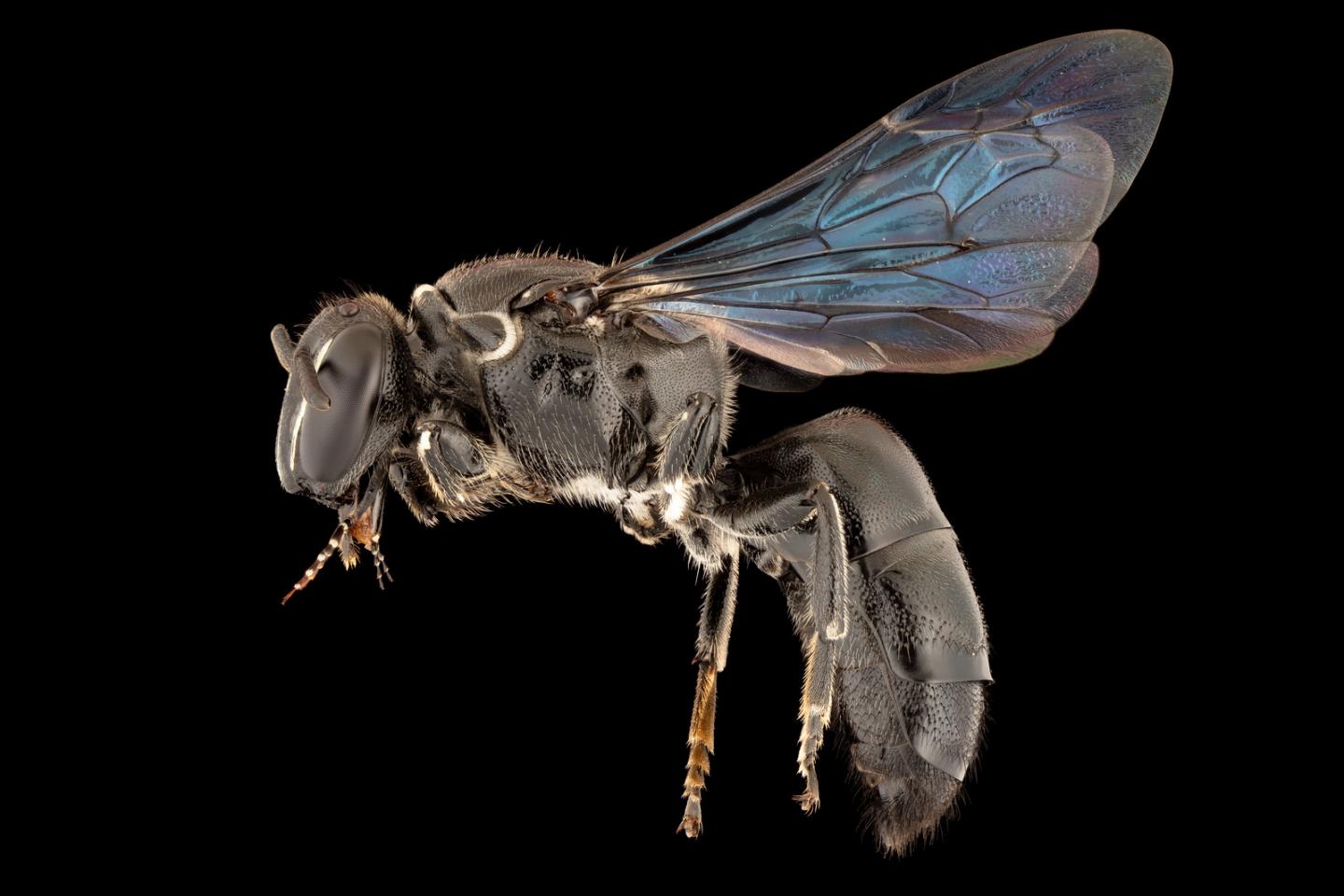Rare bee missing for a century rediscovered in Australia
Species which targets specific rainforest flowers was last seen in 1923

Your support helps us to tell the story
From reproductive rights to climate change to Big Tech, The Independent is on the ground when the story is developing. Whether it's investigating the financials of Elon Musk's pro-Trump PAC or producing our latest documentary, 'The A Word', which shines a light on the American women fighting for reproductive rights, we know how important it is to parse out the facts from the messaging.
At such a critical moment in US history, we need reporters on the ground. Your donation allows us to keep sending journalists to speak to both sides of the story.
The Independent is trusted by Americans across the entire political spectrum. And unlike many other quality news outlets, we choose not to lock Americans out of our reporting and analysis with paywalls. We believe quality journalism should be available to everyone, paid for by those who can afford it.
Your support makes all the difference.A rare species of bee, last seen a hundred years ago, has been found alive in Queensland, Australia.
The species, Pharohylaeus lactiferus, is native to the area, but was last recorded in 1923 and only six had ever been found.
However, a widespread field search was launched in an effort to tell whether it had become extinct or not, leading to the rediscovery of the species.
Scientists from Flinders University in Adeleide said the bee had been there all along but was probably under increasing pressure to survive.
"This is concerning because it is the only Australian species in the Pharohylaeus genus and nothing was known of its biology," researcher James Dorey said.
The hunt began after fellow bee experts Olivia Davies and Dr Tobias Smith raised the possibility of the species extinction based on the lack of any recent sightings.
The successful rediscovery followed extensive sampling of 225 general and 20 targeted sampling sites across New South Wales and Queensland.
The researchers also assessed the latest levels of biodiversity, warning that habitat loss and fragmentation of Australia’s rainforests, along with wildfires and climate change, are likely to put extinction pressure on this and other invertebrate species.
"Three populations of P lactiferous were found by sampling bees visiting their favoured plant species along much of the Australian east coast, suggesting population isolation," said Mr Dorey.
The research team said the region’s “highly fragmented habitat” alongside the potential specialisation of the species might explain the rarity of P lactiferus.
Australia has already cleared more than 40 per cent of its forests and woodlands since European colonisation, leaving much of the remainder fragmented and degraded.
“My geographical analyses used to explore habitat destruction in the Wet Tropics and Central Mackay Coast bioregions indicate susceptibility of Queensland rainforests and P lactiferus populations to bushfires, particularly in the context of a fragmented landscape," said Mr Dorey.
The study also warns the species is even more vulnerable as they appear to favour very specific flowers and were only found near tropical or sub-tropical rainforest - a single vegetation type.
Known populations of P lactiferus remain rare and susceptible to habitat destruction from changed land use or events such as fires, the paper concludes.
“Future research should aim to increase our understanding of the biology, ecology and population genetics of P lactiferus,” Mr Dorey said
“If we are to understand and protect these wonderful Australian species, we really need to increase biomonitoring and conservation efforts, along with funding for the museum curation and digitisation of their collections and other initiatives.”
The research is published in The Journal of Hymenoptera Research.




Join our commenting forum
Join thought-provoking conversations, follow other Independent readers and see their replies
Comments